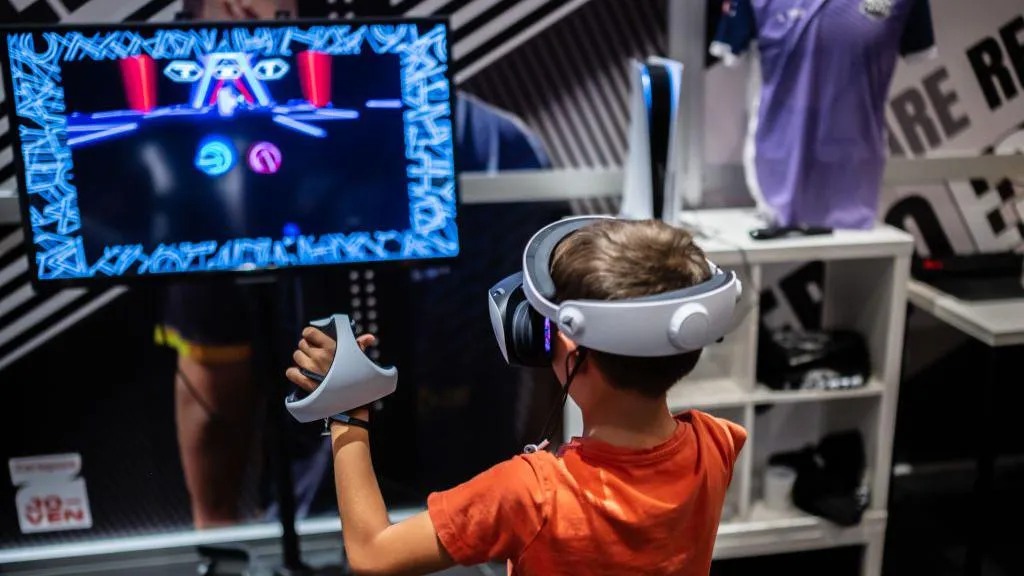
How VR and Movement Are Changing Gaming
The idea of combining VR and movement in gaming has been a topic of interest for years. While traditional gaming often involves sitting with a controller, advancements in VR are pushing players to move and engage physically. Titles like Dodgecraft are pioneering this blend, offering experiences where players dodge asteroids, sprint past robots, or simulate sports like rugby and dodgeball.
From Wii to VR: The Evolution of Movement-Based Games
The Nintendo Wii was a breakthrough in movement gaming, introducing players to physical interaction via motion controllers. Despite its success, the technology of the time limited its potential. VR is taking this to the next level with immersive environments and full-body engagement, transforming how games are played.
Dodgecraft: Combining Gaming and Fitness
Dodgecraft by Incisiv exemplifies the potential of VR and movement in gaming. Players use their bodies as controllers, dodging and weaving in ways that improve agility and fitness. This approach mirrors skills used in sports, offering both entertainment and physical benefits.
The Technology Behind VR in Gaming
Advances in Sensors and Controllers
VR technology has significantly improved, with better sensors that map movement into gameplay. Prof Cathy Craig of Incisiv highlights the upcoming introduction of feet controllers, which could revolutionize the level of interactivity in games.
Cost vs. Accessibility of VR Devices
While early VR headsets were prohibitively expensive, prices have dropped significantly, making them accessible to more consumers. Devices costing under £500 now offer high-quality experiences comparable to traditional gaming consoles.
The Future of VR and Movement in Gaming
Esports and the Fitness Revolution
The integration of VR into esports is already underway, with virtual martial arts tournaments being part of the first Esports Olympics in 2025. This signals a shift towards games that promote physical activity alongside competitive gaming.
Benefits for Gamers and Parents
VR and movement in gaming address concerns over screen time by turning passive entertainment into active participation. Parents now have the option to choose games that keep their kids moving while still engaging in screen-based activities.
Conclusion: The Promise of VR and Movement in Gaming
As VR continues to evolve, the combination of movement and gaming could redefine interactive entertainment. With titles like Dodgecraft leading the way, the future of gaming looks more immersive, active, and beneficial than ever.
External Link:
Explore More on BBC
Internal Link:
Discover Gaming Innovations at Kenkou Land





